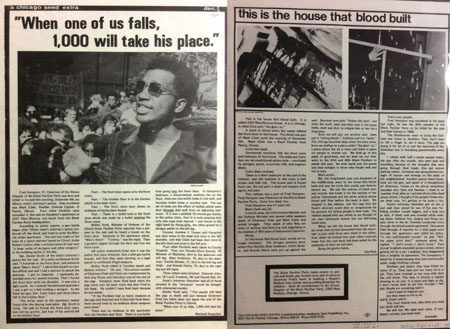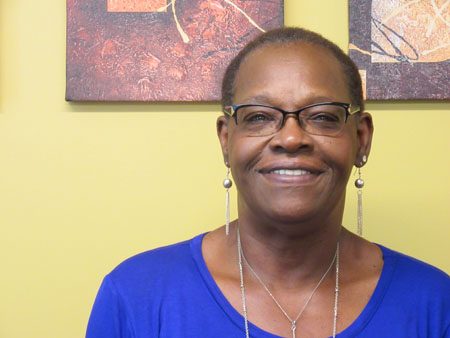Zilah Harris has been working on the Museum’s latest collaborative initiative, the North Lawndale History Project, developed by Paul Norrington, president and founder of the K-Town Historic District Association, Inc. She is one of three North Lawndale Minow Fellows working with Peter T. Alter, the Museum’s historian and director of the Studs Terkel Center for Oral History. This is the second post in a series about the project.
Humans are essentially natural-born actors: every day we interact with our families, friends, and colleagues, and we show different sides of ourselves to each group. To conduct oral histories is to discover a certain part of someone’s personal life and their legacy.
For me, talking to people and trying to be comfortable around them can be a struggle. You learn a lot about a person when they have to talk about themselves. Getting people to open up and see them comfortable in their own skin is exciting and inspiring. So, conducting oral histories is actually pretty cool, even if you aren’t a dork like me. Oral histories are like a new day each time you do them; there is a routine but something different always comes about.
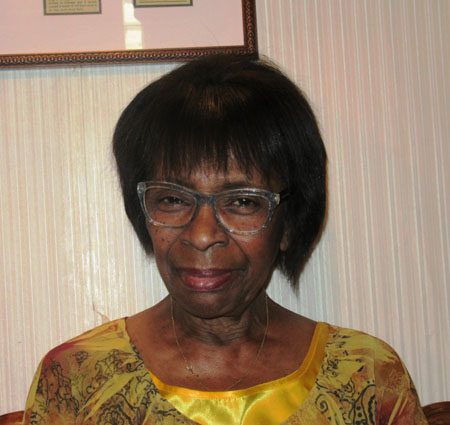
Dr. Clara Fitzpatrick, 2017. Photograph by Wynton Alexander
Dr. Clara Fitzpatrick is a woman who left her mark on this project and us. She radiates the energy of someone truly comfortable in their own skin. She grabs you by the hand and pulls you in not only with her smile but her stories about her life. Fitzpatrick is the daughter of Reverend J. M. Stone of Stone Temple Missionary Baptist Church, which is best known for its affiliation with Martin Luther King Jr.’s brief residency in North Lawndale and visit to the church.
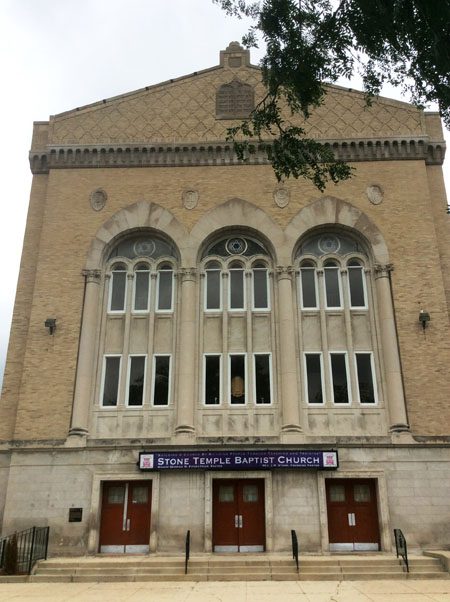
Stone Temple Baptist Church, 2017. The Ten Commandments in Hebrew at the apex of the roof speak to the church’s origins as the First Romanian Congregation Synagogue. Photograph by Peter T. Alter
During the interview, she spoke of Dr. King’s visit to Chicago, specifically his time in North Lawndale and how it’s taken out of context and misinterpreted. Many people are under the impression that he lived there for several months, but Fitzpatrick says it was really about a week. She states, “Dr. King moved into that … house and stayed about two days and he was on his way out. See, I think we have a misunderstanding of Dr. King’s relationship to Chicago.” That was eye-opening to me. It goes back to interpreting history, which is written from people’s experiences and perspectives. Everyone has their own truth, and sometimes their truth can be believed and eventually considered fact.
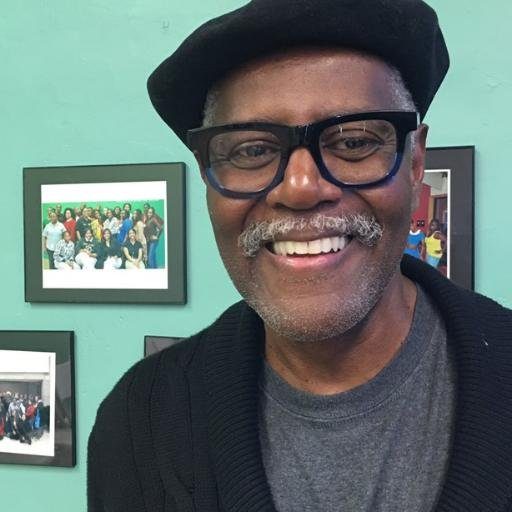
Howard Sandifer of the Chicago West Community Music Center
Howard Sandifer is another amazing soul who we had the privilege to interview. Sandifer is a very passionate and warm individual who takes a lot of pride in his people, community, and work. He is the executive director and cofounder of the Chicago West Community Music Center, a nonprofit organization that uses “education and training in the arts” to improve West Side communities. Sandifer spoke of his bright vision for the area: “You guys can do it, and I’m sure you will. This is the future, this is what we do; this is why we do what we do, because of you.” From this oral history, I saw how music truly is a strong force that can bring people together and spark a new sense of life in them. Music encourages people to be free and full of life and changes the standard for black kids. I truly enjoyed this interview. So, thanks, Mr. Sandifer.
Hear Dr. Fitzpatrick discuss Dr. King’s history with Chicago.
Listen to Mr. Sandifer talk of his dreams for the West Side.

